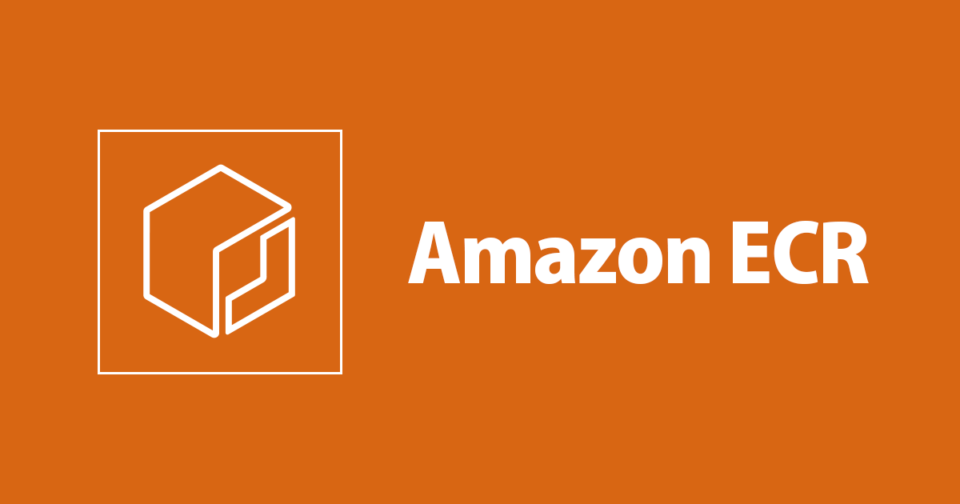Unleashing the Power of AWS ECR: A Deep Dive into Container Image Management
 Sumit Mondal
Sumit Mondal
Introduction:
In the dynamic landscape of cloud computing, the demand for efficient and scalable containerization solutions has never been higher. Amazon Web Services (AWS) has emerged as a leader in this space, offering a robust and comprehensive container registry service known as Amazon Elastic Container Registry (ECR). In this blog post, we will embark on a journey to explore the intricacies of AWS ECR, understand its key features, and unravel the benefits it brings to the table.
Understanding AWS ECR:
Amazon Elastic Container Registry (ECR) is a fully-managed Docker container registry that makes it easy for developers to store, manage, and deploy Docker container images. Leveraging the scalability and reliability of AWS infrastructure, ECR seamlessly integrates with other AWS services, providing a secure and efficient solution for storing and deploying containerized applications.
Key Features of AWS ECR:
Secure and Private Repositories: ECR ensures the security of your container images by providing private repositories. This means that only authorized users and systems can access the stored images, adding an extra layer of protection to your containerized applications.
# Example: Creating a Private Repository aws ecr create-repository --repository-name my-private-repo --image-scanning-configuration scanOnPush=trueScalability and Performance: AWS ECR is designed to seamlessly scale with your containerized applications. It provides low-latency access to your container images, ensuring high performance even in large-scale deployments.
# Example: Scaling ECR with AWS Fargate aws ecr create-repository --repository-name my-fargate-repo --image-scanning-configuration scanOnPush=trueIntegration with AWS Identity and Access Management (IAM): ECR integrates with IAM, allowing you to manage access control for your container images. You can define fine-grained permissions, ensuring that only authorized users and services can push, pull, or manage images within the registry.
# Example: Configuring IAM Policies for ECR # (IAM policy definition not provided to keep it concise)Image Lifecycle Policies: Managing the lifecycle of container images is simplified with ECR's lifecycle policies. You can define rules to automatically clean up old or unused images, optimizing storage and ensuring that only relevant images are retained.
# Example: Setting Lifecycle Policies aws ecr put-lifecycle-policy --repository-name my-repo --lifecycle-policy-text file://lifecycle-policy.json
Benefits of Using AWS ECR:
Seamless Integration with AWS Services: AWS ECR seamlessly integrates with other AWS services such as Amazon ECS (Elastic Container Service), AWS Fargate, and more. This tight integration simplifies the deployment and management of containerized applications within the AWS ecosystem.
Cost-Effective Container Image Management: With a pay-as-you-go pricing model, AWS ECR offers a cost-effective solution for container image storage and management. You only pay for the storage and data transfer associated with your container images, allowing you to optimize costs based on your actual usage.
Enhanced Security and Compliance: The private repository feature of AWS ECR ensures that your container images are accessible only to authorized entities, enhancing the overall security of your applications. Additionally, image scanning capabilities help identify and address security vulnerabilities in your container images.
Global Availability and Redundancy: Leveraging the global infrastructure of AWS, ECR provides low-latency access to your container images from multiple regions. This global availability ensures redundancy and reliability for your containerized applications.
Conclusion:
In conclusion, Amazon Elastic Container Registry (ECR) stands out as a powerful and user-friendly solution for container image management within the AWS ecosystem. Its seamless integration with other AWS services, robust security features, and cost-effective pricing make it a top choice for organizations looking to leverage the benefits of containerization.
As you embark on your containerization journey, consider AWS ECR as a key component in your toolkit. Whether you are a seasoned developer or just getting started with containers, ECR's intuitive interface and feature-rich capabilities will undoubtedly contribute to the success of your containerized applications. Embrace the future of cloud computing with AWS ECR and unlock the full potential of containerization.
Subscribe to my newsletter
Read articles from Sumit Mondal directly inside your inbox. Subscribe to the newsletter, and don't miss out.
Written by

Sumit Mondal
Sumit Mondal
Hello Hashnode Community! I'm Sumit Mondal, your friendly neighborhood DevOps Engineer on a mission to elevate the world of software development and operations! Join me on Hashnode, and let's code, deploy, and innovate our way to success! Together, we'll shape the future of DevOps one commit at a time. #DevOps #Automation #ContinuousDelivery #HashnodeHero